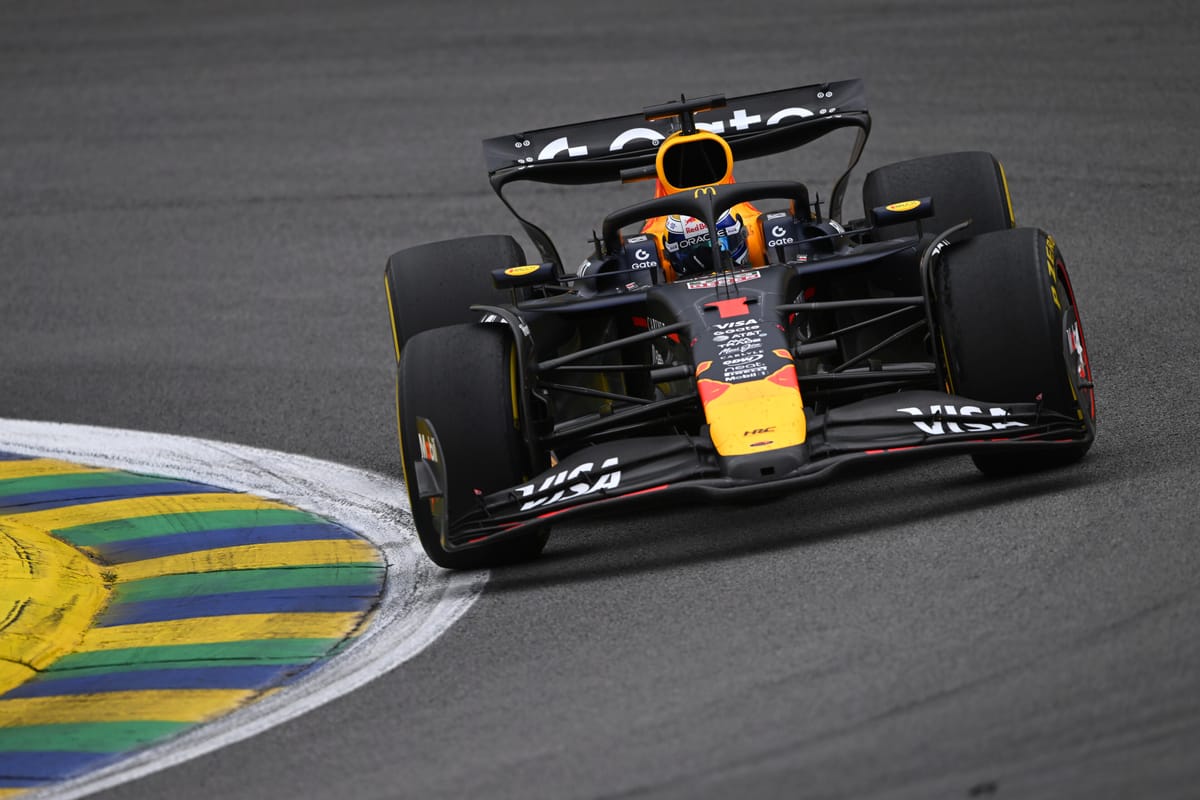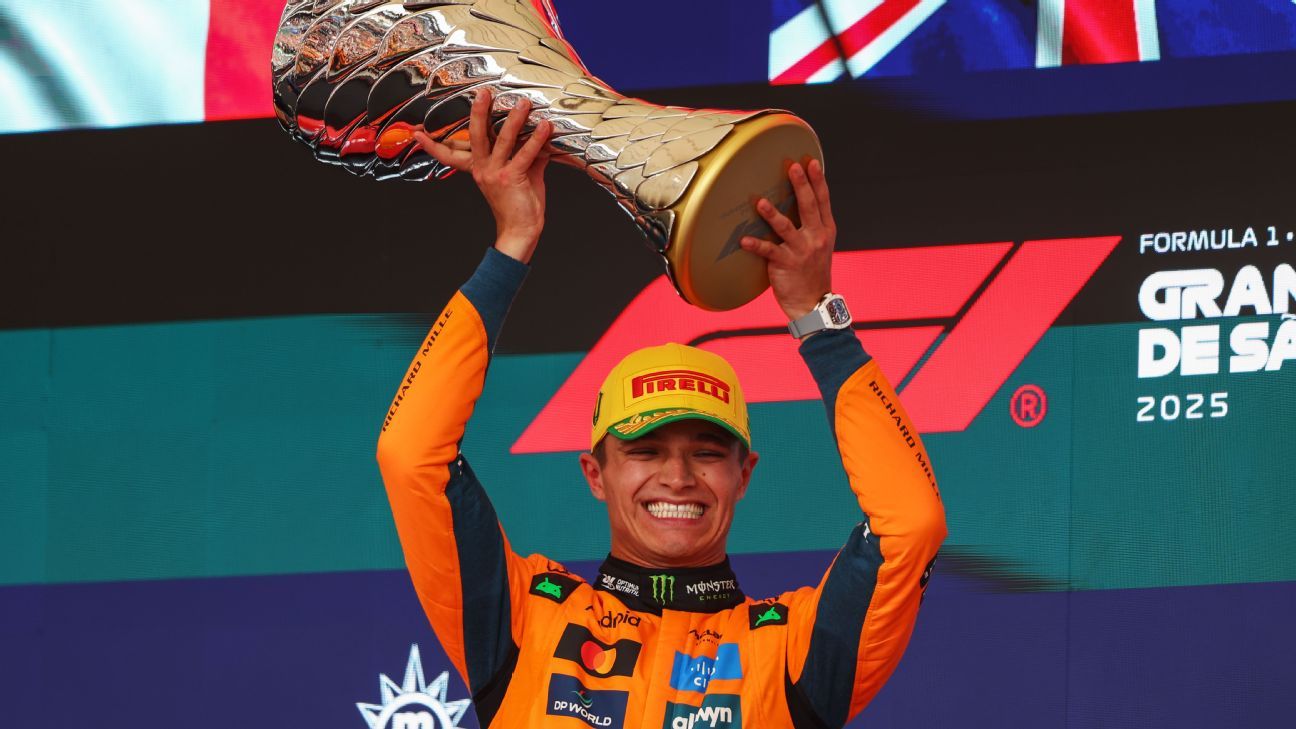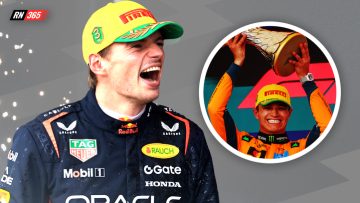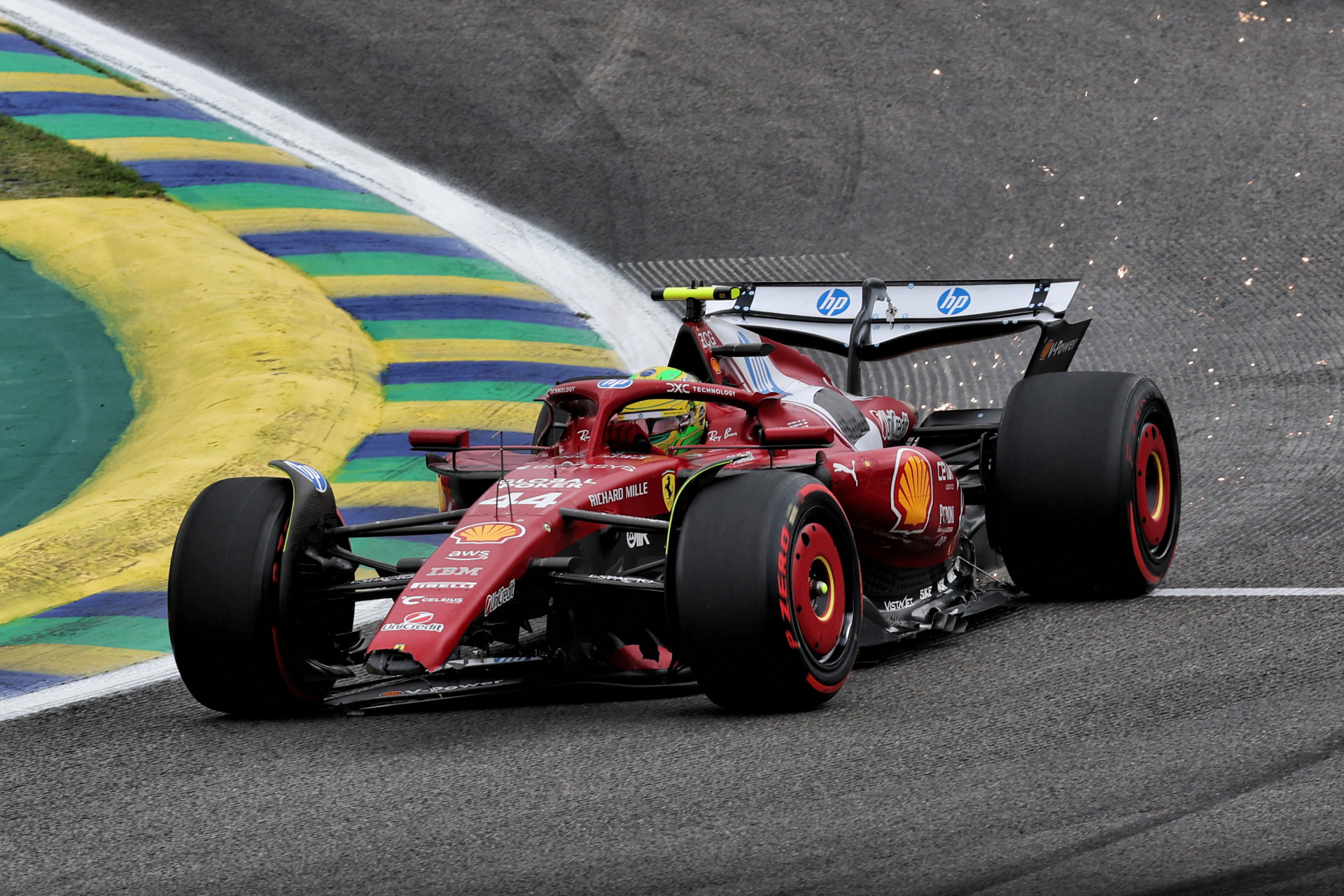
Red Bull's Risky Strategy Paved the Way for Verstappen's Brazilian Podium
Max Verstappen's remarkable drive to third place at the Brazilian Grand Prix, starting from the pitlane, was a direct consequence of Red Bull's radical setup gamble. While Lando Norris secured a dominant victory, he openly admitted that a better starting position for Verstappen would have likely seen the Red Bull driver win, highlighting the immense pace Verstappen found on race day after a disastrous qualifying session.
Why it matters:
Red Bull's struggles to find their car's 'sweet spot' have been a recurring theme, but in Brazil, their aggressive setup changes, though initially detrimental, ultimately unlocked championship-level pace. This highlights the fine margins in F1 and how a 'failed' gamble can, in retrospect, create opportunities for exceptional results, particularly when compounded by race incidents and strategic tyre choices.
The details:
- Qualifying Disaster: Verstappen's Red Bull was out in Q1 on pure pace after the team made a wholesale setup change (increased ride height, softer suspension) between the sprint and GP qualifying, making the car even slower.
- Radical Race Day Changes: With nothing to lose after qualifying 16th, Red Bull took the car out of parc ferme, reconfigured it with a brand new power unit, and reverted to the pre-Mexico floor. This third attempt finally found the car's narrow sweet spot.
- Verstappen's Own 'Fortune': An early slow puncture on his hard tyre during a VSC period forced an early pit stop, putting him on a medium-tyre strategy. This inadvertently led him to what was theoretically the optimal strategy (medium/medium two-stop, effectively a one-stop with two sets of mediums) for the day, which was unavailable to others due to regulation constraints.
- Tyre Dynamics: Cooler temperatures, contrary to common belief, increased wear degradation at Interlagos. This meant teams could push harder, leading to a default two-stop race. Red Bull's final setup changes, combined with these cooler conditions, brought the front tyres to their critical grip threshold, allowing the car to perform.
- Piastri's Penalty: Oscar Piastri's race was compromised by a 10-second penalty for a collision with Kimi Antonelli, which also took Charles Leclerc out of the race. This incident, while appearing to be a racing incident, dropped Piastri behind both Mercedes cars and the recovering Verstappen.
The big picture:
Red Bull team boss Laurent Mekies acknowledged the car's narrow operating window, which makes finding the optimal setup challenging. However, the extreme nature of their qualifying struggles — which allowed them to break parc ferme rules — indirectly led to the discovery of the car's true potential. Had Verstappen qualified higher with a mediocre setup, he would have likely finished far behind Norris and the Mercedes, illustrating how a significant setback can sometimes be a catalyst for unexpected success in F1.
Looking Ahead:
Norris's cautious post-race comments about Red Bull's underlying pace indicate that despite his dominant win, the championship battle remains intense. Red Bull's ability to unlock such speed, even if by an unconventional route, will serve as a strong warning to McLaren and Mercedes as the season progresses. The dynamic interplay of car setup, tyre management, and strategic gambles will continue to define the championship fight in the remaining races.
Original Article :https://www.the-race.com/formula-1/red-bull-failed-gamble-crucial-to-verstappen-...









